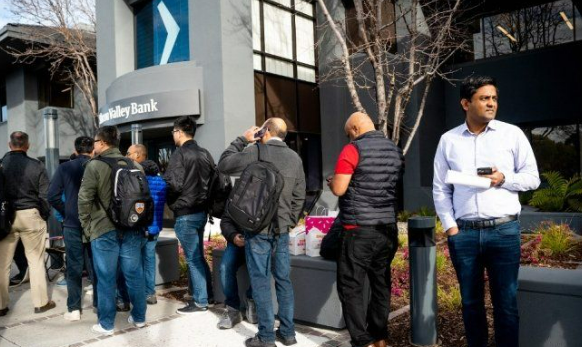
It started with the failure of one bank with a regionally contained name: Silicon Valley Bank. SVB succumbed to a confluence of factors—including overinvestment in long-term securities, subpar debt management, and an old-fashioned bank run—that forced the federal government to intervene. In the weeks since, the world has learned that there will be nothing regionally contained about this financial crisis. Silvergate Bank, Signature Bank, and Credit Suisse are each in various stages of massive overhauls, while stocks of First Republic Bank and Deutsche Bank have divebombed amidst dire forecasts.
Worries over liquidity may derail more banks before all is said and done. Fear has entered the atmosphere, and as the SVB bank run showed us, snowballing fear can fulfill its own prophecy. Hopes for salvation for these failing banks tend to rest on two options: government takeover and/or a larger bank takeover. Either a more solvent bank such as UBS swoops in to save Credit Suisse from itself, or the federal government takes SVB into receivership and orchestrates a sale to a larger bank. Neither are ideal scenarios, but these are the rules of traditional banking.
General unease regarding the global banking situation has coincided with a mostly steady rise in bitcoin prices, with BTC reaching US$28K for the first time since mid-2022. Such a shift is logical during periods of turbulence, when havens previously regarded as safe are discovered to be not-so-safe. Once again, our illusions of stability have been punctured.
As governmentally controlled economies march on, so will the practices that led us here: money printing, interest rate manipulation, and restrictive (or heavy-handed, depending on your view) regulations. The specter of human error pervades it all. The world is learning that there is most certainly a place—perhaps even at the head of the table?—for a more reliable haven. After all, a thing is only a thing if it’s reliable.





![[November]Uptober No More](https://coinhubkorea.com/wp-content/uploads/2025/10/Whisk_d78880efb01a730907f4be201effefe1dr-1-100x70.jpeg)
